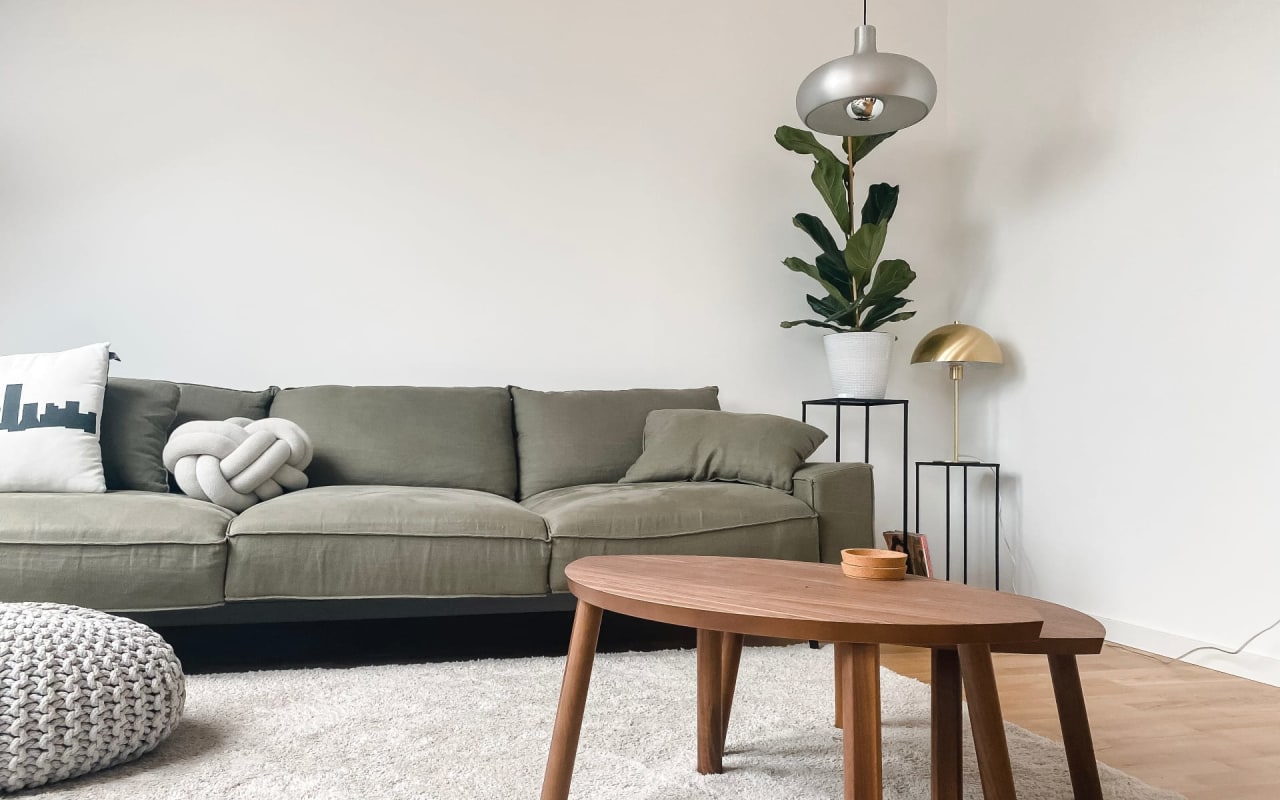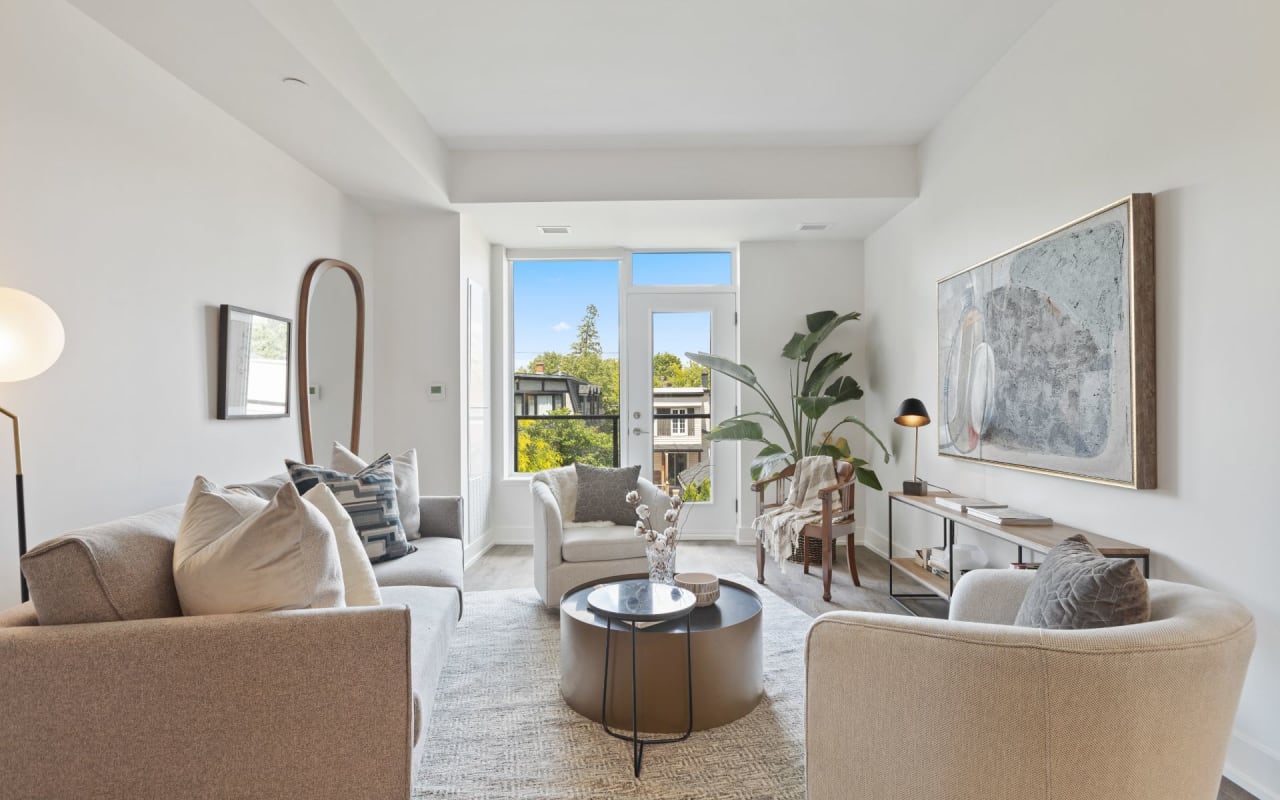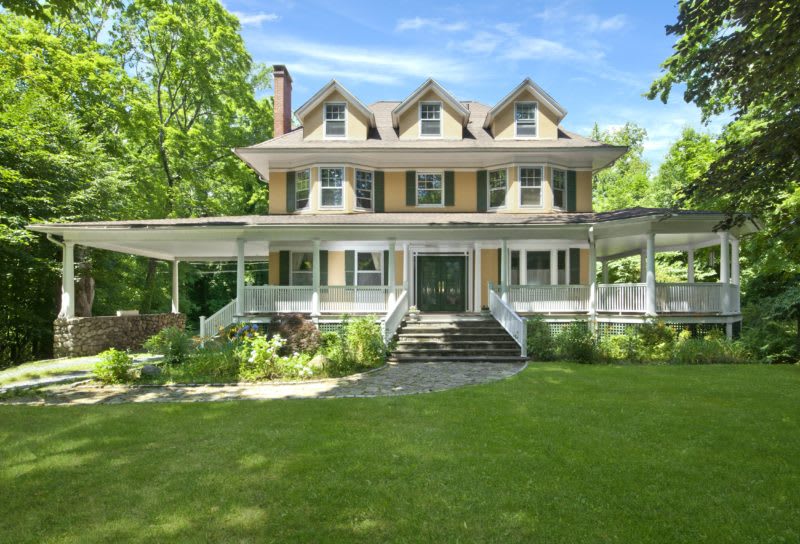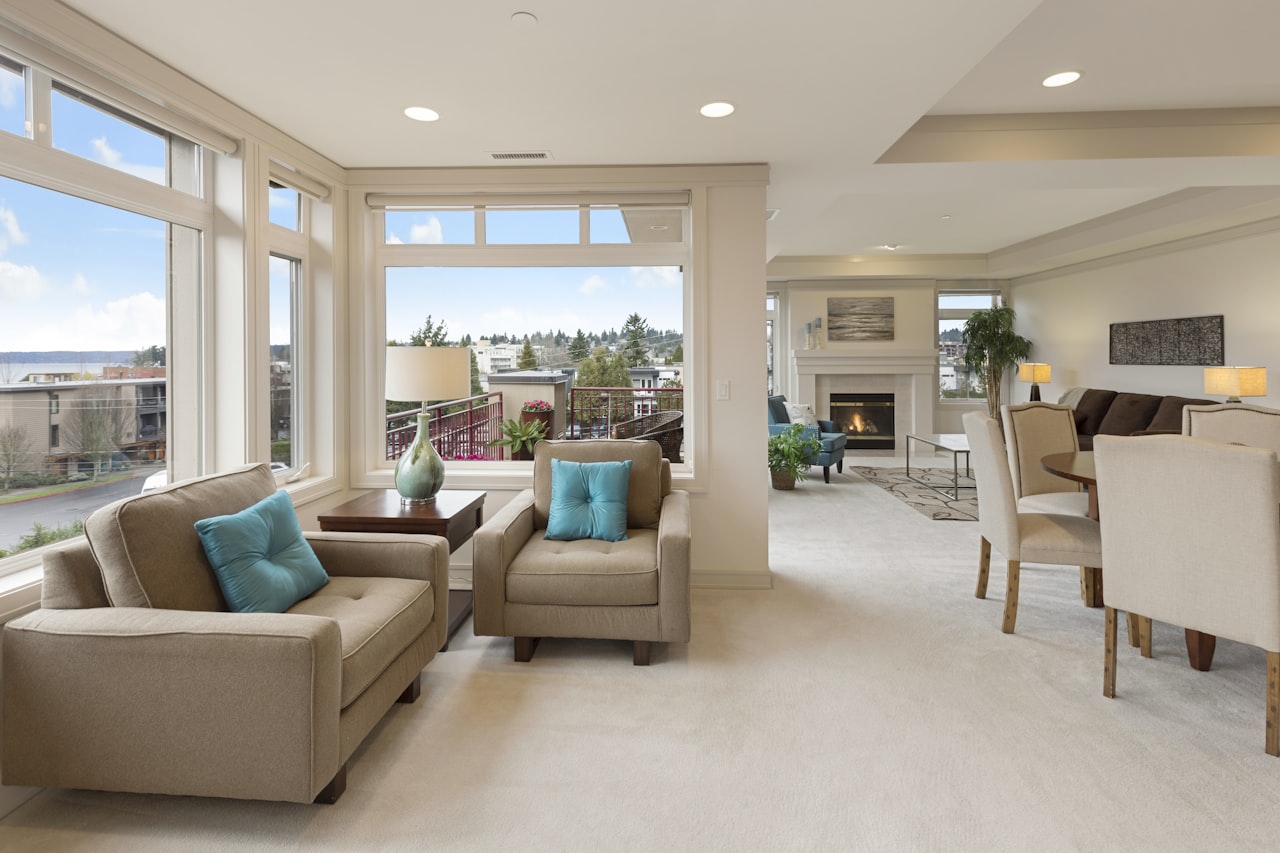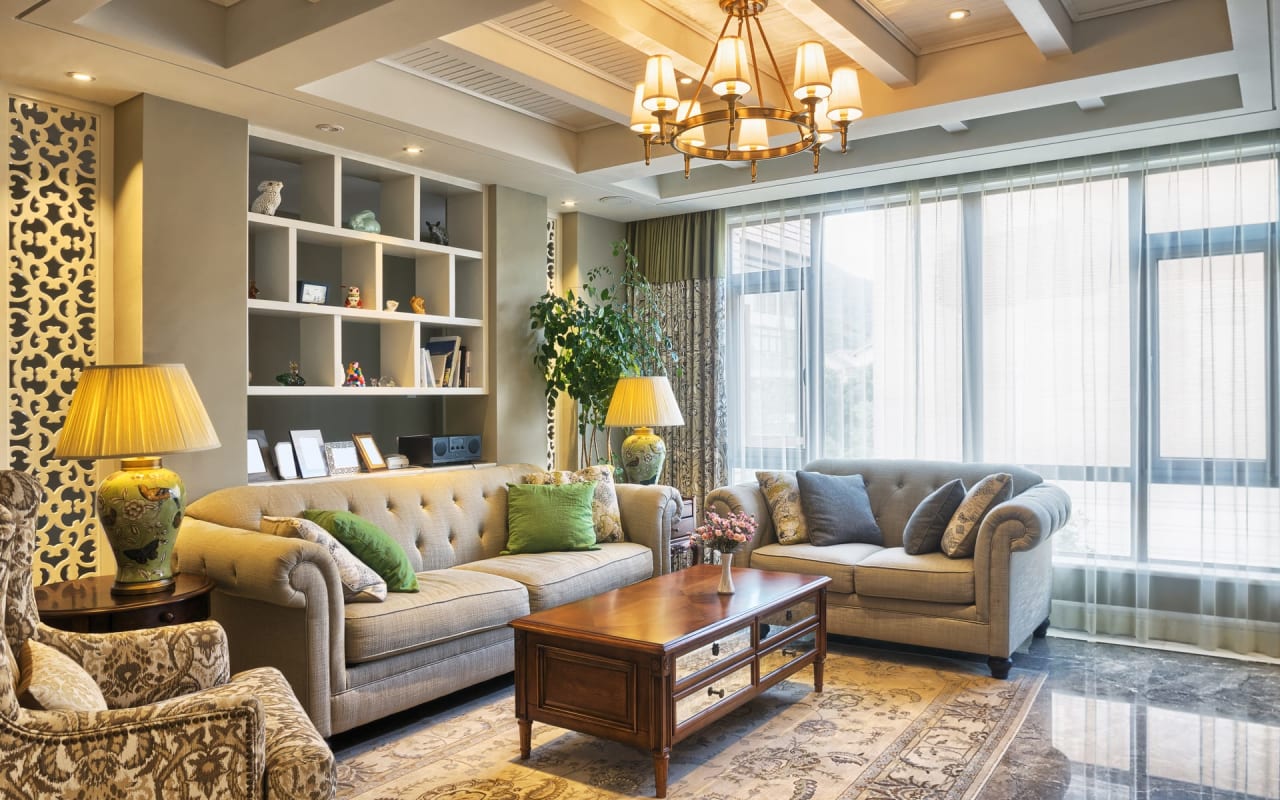Improving Our Town by Expanding Neighborhood Centers
Greenwich changed last year, and if the trends we saw in 2019 continue we could see some major shake ups in housing values. Three areas that had done well the last several years, did not do well last year. In Glenville, Riverside and particularly Cos Cob, we saw a drop in sales and prices. At the same time, we saw sales and prices in Old Greenwich continue to rise and a jump in sales in backcountry Greenwich.
Backcountry
Backcountry was the surprise on the plus side, where we have three factors driving sales; one not so good and two that are. The not so good factor is that backcountry properties are tremendous bargains after multiple years of falling prices.
The good factors can be seen in the increase in sales along the western and northern borders. The western border sales can be attributed to the expansion of Brunswick School. Parents buying in that area are just minutes from Brunswick and from Sacred Heart. Along the northern border increased sales can be attributed to the renaissance of the Village of Armonk with five restaurants serving Italian food, three Asian restaurants, two Mexican restaurants, two high-end restaurants, an Indian restaurant, a micro-brew bar and an excellent supermarket. (More about Armonk later.)
Cos Cob, Riverside & Glenville
In Cos Cob and Glenville, a significant portion of the drop in demand can be attributed to the loss of the SALT (State And Local Taxes) tax deduction over $10,000 making homeownership more expensive. A less discussed deduction reduction is the elimination of mortgage deductibility over $750,000. Prior to the 2017 year-end Tax Cut and Jobs Act homeowners could deduct mortgage payments up to $1,000,000 and also deduct interest on a home equity line up to $100,000. Combined these two reductions in deductibility had a major impact on sales below our average sales price of $2.38 million.
Sales of single-family homes in Greenwich decreased in all price ranges from $600,000 to $2 million. Glenville with an average sales price of $1.19 million and Cos Cob with an average sales price of $1.20 million fit right in the middle of this sour spot. Riverside was also affected as while its average sale was $1.99 million, its median sale was $1.71 million also in the sour spot.
What’s Working in Old Greenwich
So, the change in Glenville, Riverside and Cos Cob is understandable; tax laws have made those property more expensive on an after-tax dollar basis. The same thing however didn’t happen in Old Greenwich. There the average sales price is $2.34 million, not that much higher than Riverside’s $1.99 million average.
What is it about Old Greenwich that allows it to shrug-off the TJCA’s tax changes? Part of it is certainly having two beautiful parks in Greenwich Point and Binney Park, but from what I’m hearing from my fellow Realtors, the main thing is the Village of Old Greenwich. It’s a very important factor in building a sense of place and increasing desirability of this neighborhood. (Just as the improvement in the Village of Armonk has helped backcountry sales.)
If you live in Old Greenwich you can get your morning coffee and a good pastry at Sweet Peas, pick up some cash at any of several banks, get your hardware supplies at Feinsods, play tennis at the Old Greenwich Tennis Academy and then have lunch and dinner at your choice of nice restaurants all on foot.
Many Old Greenwichites can walk to town or if the drive they can accomplish all of the above without having to move their car. You will also likely run in to several of your friends and neighbors while you are doing all this. Old Greenwich is a very walkable town and walkability matters more after the recession.
Post-recession, people were looking for more of a sense of community, they wanted to live on smaller lots, closer to their neighbors, with activity going on around them and be able to walk to things. House sales in 2019 show that the desire to be able to walk to stores and be part of a community has only grown more desirable this year.
Riverside, Cos Cob and Glenville Downtowns
Riverside and Cos Cob both have shopping areas, but both are on the Post Road. Cars whizzing by do not make for the most congenial conversation area. Also, in Cos Cob’s case the cozy shopping area on Strickland Road is separated by a long wait for pedestrians as the lights are timed to facilitate the quickest movement of traffic on the Post Road not for pedestrians crossing the road. The new proposal for the M&T Bank area could help bring more of a village feel to Cos Cob, particularly with some good landscaping.
In Riverside, the Thruway shopping center is set up as strip shopping center with an unattractive parking lot in front and little greenery. The area to the west of the shopping center is not conducive to walking, say for example from the UPS store to Balducci’s. In Glenville, you have what could be a very walkable downtown with a park and a nice river, but it is broken up by the very the busy Glenville Avenue and Riversville Road intersection.
Creating More Neighborhood Centers
If the demand is there for more livable and walkable small community areas wouldn’t it be cool to create some more Neighborhood Centers. We actually have remnants of small commercial and non-residential areas throughout the town in areas that most people think of as residential. In Riverside, we have Ada’s, the train station and two schools all in a two-block area. On the north end of Riverside around the Palmer Hill bridge and spanning the Mianus River into Cos Cob, we have another non-residential area with a deli, liquor store and Bridges School. In Cos Cob, we have Rinaldis, the commercial area around Louie’s/St. Lawrence Club/Lupinacci’s area and Scarpelli’s Sausage and Bible Street Park. Backcountry has the Round Hill Store/Land Trust/Round Hill Fire Station area and also the Griff/Harvest Church/nursery area. Pemberwick has the Xchange and Castle View Delis.
One thing you will note in most of these areas is that there is a deli present. Having a good place to go for lunch is crucial to the success of any neighborhood area, but what else can we add. Having some place for neighborhood residents to meet is helpful. A multi-purpose area for kids to play, groups to meet and for special events and parties to be held would make a neighborhood more desirable. Having a community facility that neighbors could use would strengthen a sense of community.
Daycare and babysitting facilities would also be ways to bring people together. Drop off points for laundry could be useful as well as professional offices on the second floors. Back in the 60’s when I first moved here, many lawyers and doctors worked out of their homes. (My present doctor in Riverside is one of the few that still does.) People can get healthcare locally and pick up lunch at the same time.
Apartments for the store staff, daycare providers and activity center manager would be helpful for the stores but would also fight over-development. At the present time, developers that put in a minority of affordable units can override local zoning under the state’s affordable housing statute C.G.S. 8-30g and create high-density developments, but if we increase our affordable housing enough, that law is inapplicable.
Parking & Neighbor Impact
Two key issues are parking and neighborhood impact. One way to address parking is make use of the parking that is already there when it is not being used. The Riverside train station is mostly empty in the evenings and on weekends as are the school parking lots. Store employees not housed locally could use more remote parking that they could get to by jitney or a town subsidized taxi or Uber.
The other issue is neighborhood impact and NIMBY’s, a term I’ve always hated. Homeowner’s have legitimate concerns about changes that may serve a greater area but have a disproportionately negative impact on their own property. With expanded neighborhood centers, everyone has the potential to benefit. House values directly in the neighborhood centers should go up as properties with multiple uses are worth more. The houses immediately adjacent to these areas, if properly screened should also go up in value as their walkability is improved. Right now, houses around downtown Greenwich, that are easy walking distance to Greenwich Avenue and Metro-North are worth more than the same house in mid-country. This could be a win-win with everyone’s values increasing.
Now some people will say that Amazon is destroying retail so why build more. Retail is changing, but Amazon doesn’t build communities, it hurts communities as we know them. A former period of high vacancies on Greenwich Avenue is now waning as stores adapt to the online threat from national dot coms. What we do need to change locally is what is allowed in our “retail” areas. Banksville is a classic example of that. It has the potential to be an even better neighborhood center, but we need a lot more flexibility as to what types of businesses can be located there. Businesses that did want to locate there have been turned down.
Thriving in our 20’s
I’ve lived here since 1967 and seen Greenwich go through several iterations as neighborhoods and the town itself have changed. When we moved into Old Greenwich it was mainly a bedroom community for commuters into Manhattan and many residents who worked in local businesses. In the 80’s, New York City went through some very rough times and we saw a big movement of corporations to Greenwich and the rest of Fairfield County. By the 90’s and the digits we saw Greenwich become a major financial center with lots of hedge funds, including some of the world’s largest headquartered in this area. We’ve been through a lot of changes in last 50 years, but for most of that period Greenwich thrived.
In the 2020’s it’s time for some more changes so that we meet the needs of an evolving citizenry and a changing world. Personally, I’d love to see the neighborhood associations help lead these changes. They know their areas best and what can and can’t be done. I’m often pleasantly surprised by what can be accomplished in Greenwich with a little consensus building.
Mark Pruner is a real estate agent with Berkshire Hathaway and member of its President Circle. He can be reached at 203-969-7900 or by email at [email protected].
